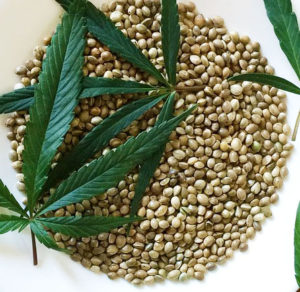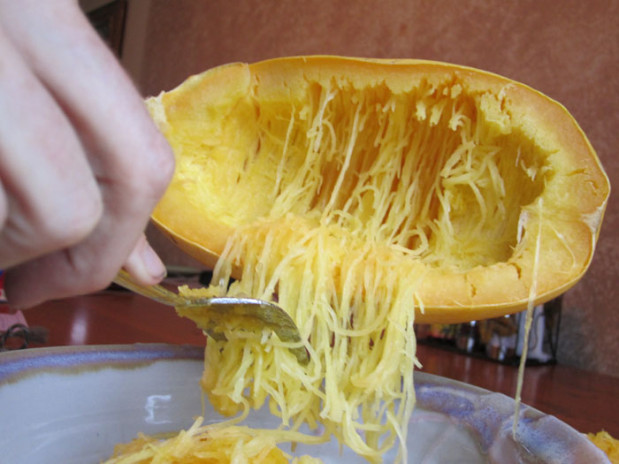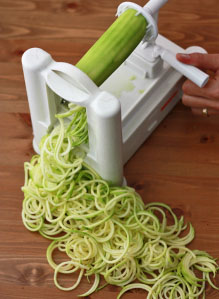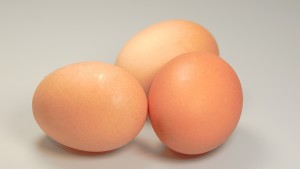 Gluten and Oats
Gluten and Oats
An interesting article concerning the confusion and conflicting information surrounding oats and gluten can be found online at Kialla Pure Foods. The article is relevant to people who, for whatever reason, want to follow a gluten-free diet. We have copied part of it here, but the rest can be read on the Kialla website.
Is there such a thing as gluten-free oats?
All grains contain proteins, and the proteins in wheat, barley and rye are generally called glutens. While you won’t hear the name mentioned as often as ‘gluten’, if at all, the specific proteins in oats are called avenins.
If you google ‘do oats contain gluten?’ and find yourself on The University of Chicago’s Celiac Disease Center, you’ll learn that avenins are not glutens. Many blogs will quote this or a related source.
However, this is not actually the correct picture. The Coeliac Australia website goes into a little more detail in regards to some technical terminology and testing processes. And this reveals a different picture of oats.
As they explain it, the term ‘gluten’ is generally used to describe a prolamin protein fraction that is associated with coeliac disease. This prolamin protein occurs in wheat, barley, rye and oats.
However in each of the grains the protein goes by different names: gliadin in wheat, hordein in in barley, secalin in rye, and avenin in oats. So, in fact, all oats naturally contain the prolamin protein, generally known as gluten, albeit in a slightly different form.
Why then can reputable sites make a clear statement that oats ‘don’t contain gluten’?
It seems it comes down to a technicality, both in terminology and in testing. When detecting the presence of gluten in food, laboratories use a particular testing process. Interestingly, the test is not actually able to measure avenin glutens because they have a slightly different amino acid combination.
Consequently, the response to this testing anomaly is different in the USA and in Australia. The FSANZ (Food Standards Australia and New Zealand) have set a standard that makes it impossible to claim that Australian grown or processed oats are gluten-free. Technically they are absolutely correct.
However, standards in the USA are more flexible. It is clearly acceptable to claim that oats are gluten free, since a reputable institution like the University of Chicago can state emphatically that oats ‘don’t contain gluten, but rather proteins called avenins that are non-toxic and tolerated by most celiacs.’
And it is this last point that enables the US (and European) standards where farmers and millers can claim their oats are gluten-free.
Even if you have coeliac disease you may still be able to enjoy a bowl of porridge. Studies over the past 15 years show that oats are generally safe for those who have coeliac disease.
But even here it seems to be a case of different interpretations.
It’s either ‘a large body of scientific evidence’, according to the Uni of Chicago’s Celiac Center, or ‘limited clinical studies’ according to Coeliac Australia. And these studies’ claims of reaction rates to the avenin gluten protein apparently vary from ‘less than 1%’ (Uni of Chicago) to 20% (Coeliac Australia). Perhaps depending on which study you read!
While the Uni of Chicago site is happy to declare oats can be freely consumed by coeliacs, it adds the caveat that the oats need to be guaranteed uncontaminated by wheat, rye or barley. Either when growing in the field or when processed at the mill. This means that oats that are grown alongside crops with the other gluten proteins cannot claim to be gluten-free.
I suspect that such a proviso is simply covering for the potential of gluten-containing oats to impact coeliacs, while still allowing gluten-free claims. It is noteworthy that there is no need for any grains which really are gluten free (chickpeas, mung beans etc) and which may be grown around wheat, barley etc, to meet any anti-contamination requirements either in Australia or globally.
One thing that emerges very clearly: standards set by food authorities, tests conducted by labs, and scientific studies are not as cut and dried as we are often led to believe. You can see there are obviously as many shades of grey as food experts are able to introduce.
A variance between 1% and 20% is enormous, and generally would be considered inconclusive if found within a single study. Even in multiple studies it would confuse the averaging of the stats. Short of going into all the literature on gluten in oats studies for myself, I just have to accept that there’s a wide range of results.
Also, as we see with the term ‘gluten’, terminology can be tweaked and simplified to suit information and marketing imperatives.
The important question is: what constitutes a gluten-free product?
Recent regulations set by the FDA (Food and Drug Administration) in the US, decided that to make a claim of gluten-free in the US, a product must test at less than 20 ppm (parts per million). The FDA site says that ‘this is the lowest level that can be consistently detected in foods using valid scientific analytical tools’.
The science begs to differ in Australia where the FSANZ gluten-free test can currently measure levels as low as 3ppm (parts per million).
So, strictly speaking, any ‘gluten-free’ product manufactured in Australia must comply with this 3ppm standard. Gluten-free means exactly that: ‘non-detectable’.
But imported products are able to contain up to 20ppm while still making the claim of ‘gluten-free’.
However, no need to panic. It seems that FSANZ is just playing it really safe.
It is interesting to note that Coeliac Australia supports the US FDA standards. They consider products that show tested gluten levels of less than 20ppm, to be suitable for those with coeliac disease. This is also the international Codex standard for gluten-free products.
Copyright: Kialla Pure Foods.
 Hemp seed: a nutritious, high protein food
Hemp seed: a nutritious, high protein food






 Don’t panic about gluten!
Don’t panic about gluten!
 Eggs – yes (cooked)
Eggs – yes (cooked) Pumpkin – no
Pumpkin – no